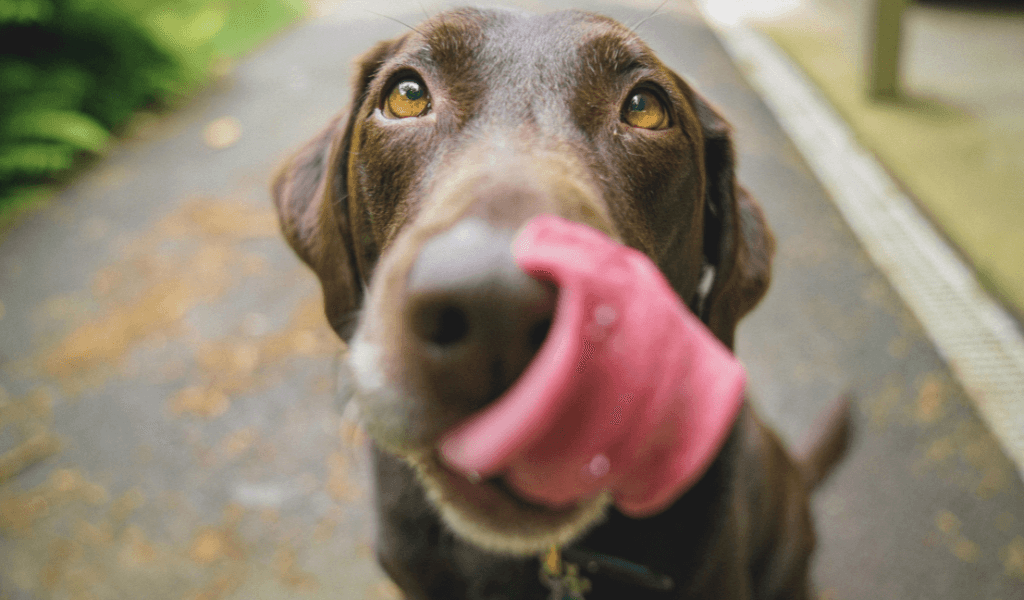Training
Using Scent Training to Improve Gun Dog Performance
Gun dogs rely heavily on their sense of smell to locate game, track scents, and retrieve effectively. While natural instinct plays a role, structured scent training can significantly enhance a dog’s performance in the field.
Whether you are training a young pup or refining the skills of an experienced retriever, scent training is an invaluable component of gun dog development.
The Importance of Scent Training
A gun dog’s ability to detect and differentiate scents is crucial for hunting, retrieving, and field trials. By introducing scent training into your routine, you can help your dog develop sharper scenting skills, improve their confidence, and ensure they work efficiently in various environments. Training with scent also strengthens the bond between handler and dog, reinforcing obedience and focus.
Essential Equipment for Scent Training
To get the most out of scent training, you will need the right tools. Some essential equipment includes:
- Scented dummies – These are training dummies infused with game scents to simulate real hunting scenarios.
- Rabbit fur dummies or balls – Ideal for encouraging a natural retrieving instinct, especially for dogs hesitant to pick up game.
- Scent sprays and scent trails – Used to lay a scent track that the dog must follow.
- Training vests – Useful for carrying dummies and scenting aids while keeping your hands free.
- Whistles and leads – Essential for maintaining control and reinforcing commands during scent exercises.
Methods of Scent Training
1. Introduction to Scent
For young or inexperienced dogs, start with basic scent association. Use a scented dummy or cloth and let the dog sniff it before rewarding them. This helps the dog associate the scent with a positive experience.
2. Scent Trails
Lay a short scent trail using a scent spray or dragging a scented dummy along the ground. Encourage your dog to follow the scent to the reward at the end. Gradually increase the difficulty by lengthening the trail and adding turns.
3. Hidden Retrieves
Hide a scented dummy or game-scented ball in grass or cover and encourage your dog to search for it. This improves their ability to use their nose rather than relying on sight.
4. Blind Retrieves
A more advanced exercise, blind retrieves require the dog to locate a retrieve without seeing where it was placed. By using scent-marked dummies, you can train your dog to trust their nose and follow commands even when they cannot see the target.
5. Water Work
Scent behaves differently over water, so training your dog in retrieving scented dummies from water can improve their ability to detect and track scents in challenging conditions.
Common Mistakes to Avoid
- Overcomplicating the training too soon – Gradually build up the difficulty to avoid overwhelming your dog.
- Ignoring environmental factors – Wind direction, terrain, and weather conditions affect scent distribution.
- Lack of consistency – Regular, structured training is essential for developing reliable scenting skills.
- Neglecting praise and rewards – Positive reinforcement helps reinforce good scenting behaviour.
Final Thoughts
Scent training is an essential part of gun dog development, sharpening their natural abilities and making them more effective in the field. By incorporating structured scent exercises into your training routine, you can enhance your dog’s performance, build confidence, and strengthen your working relationship. Whether you are training for practical shooting, competitions, or simply improving your dog’s retrieving ability, scent training is a key element in achieving excellence.

